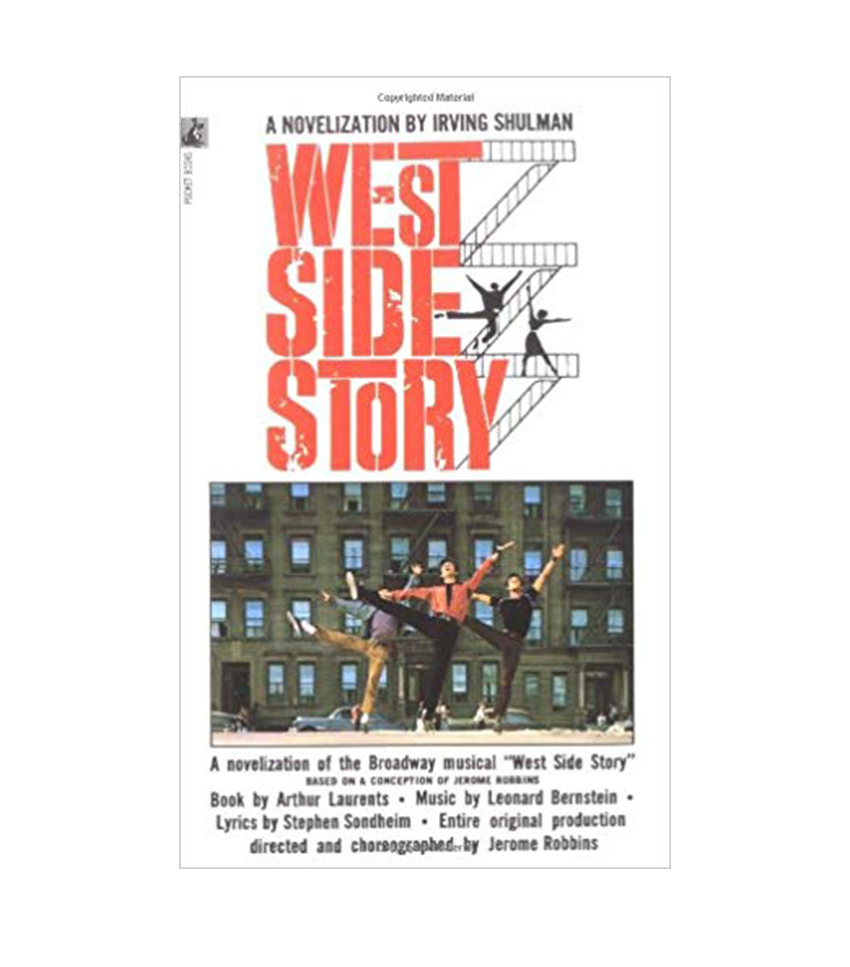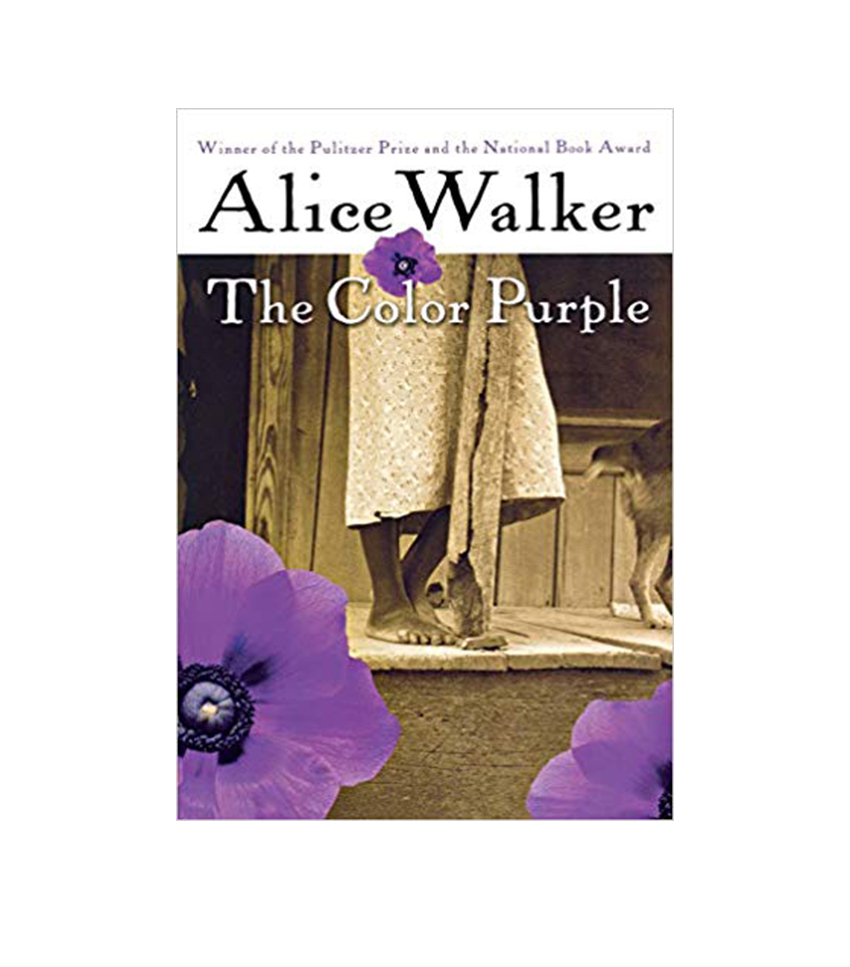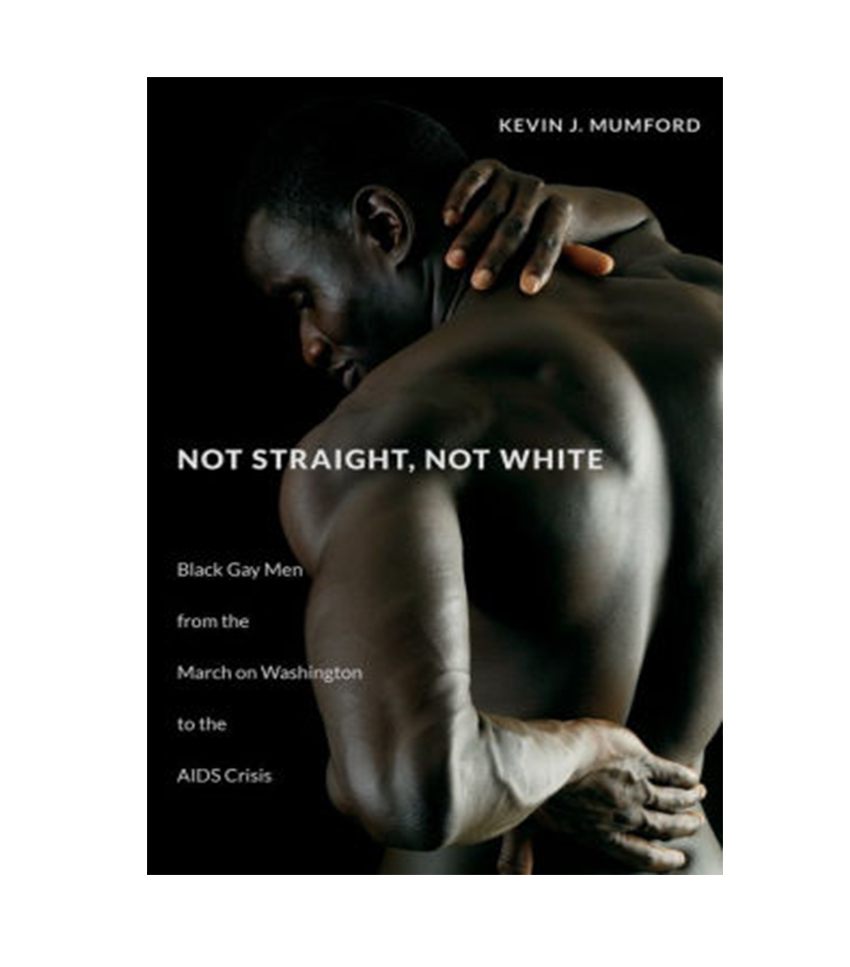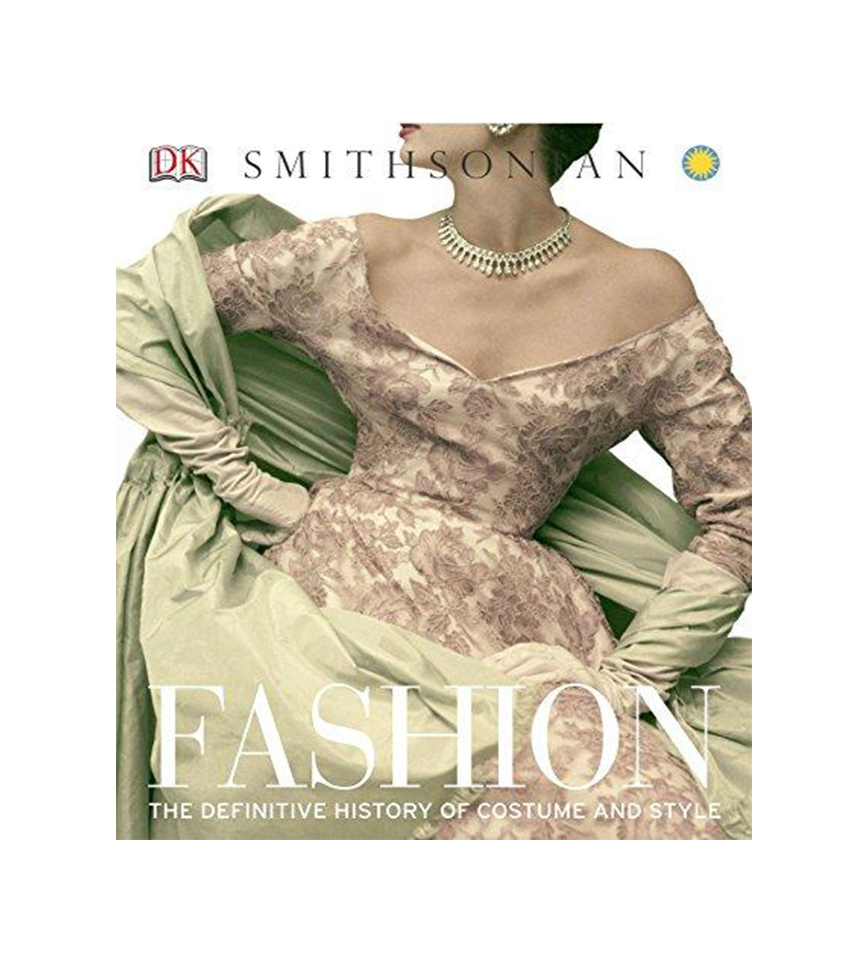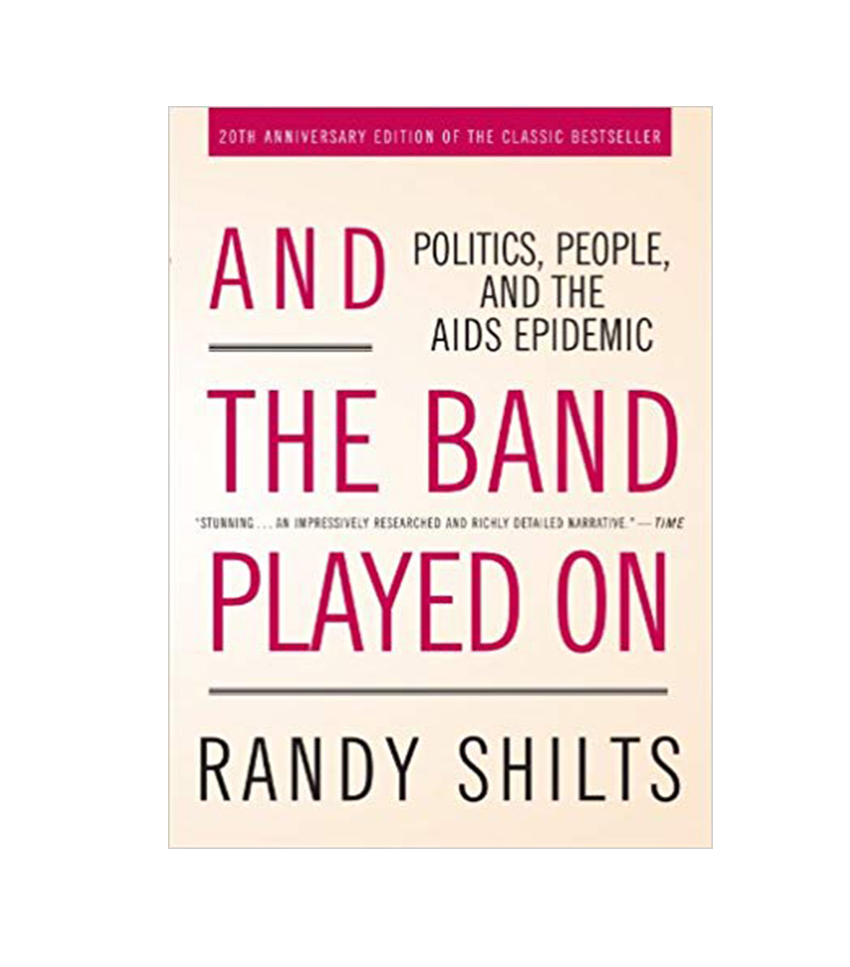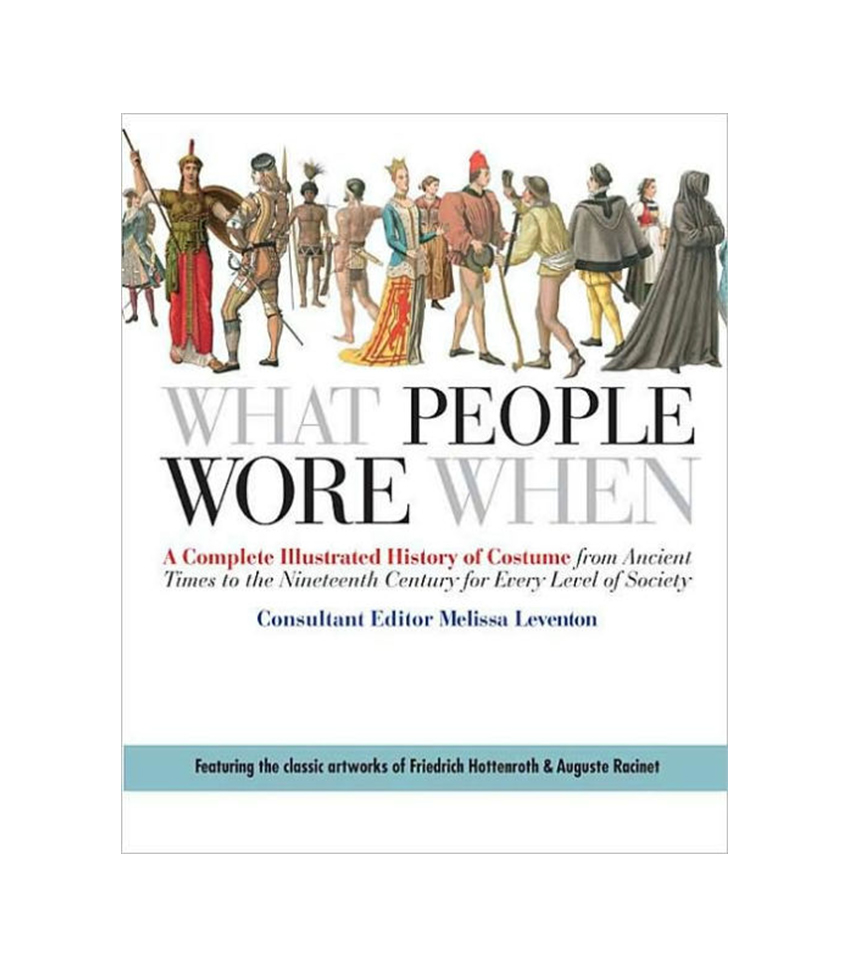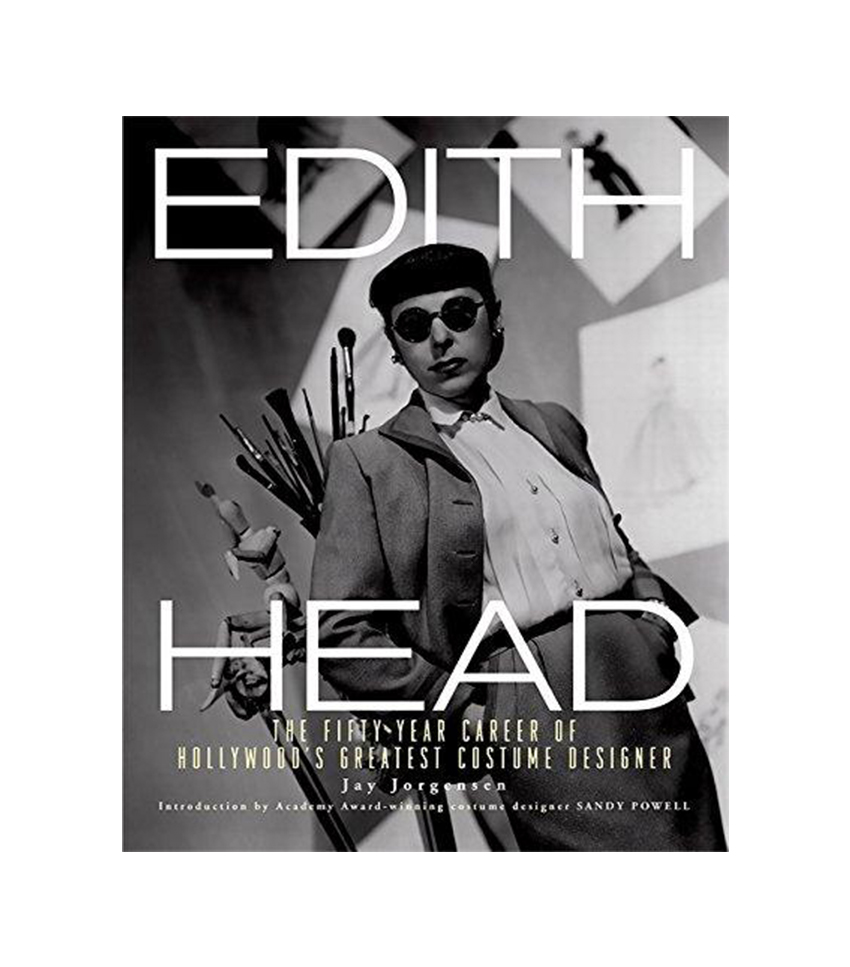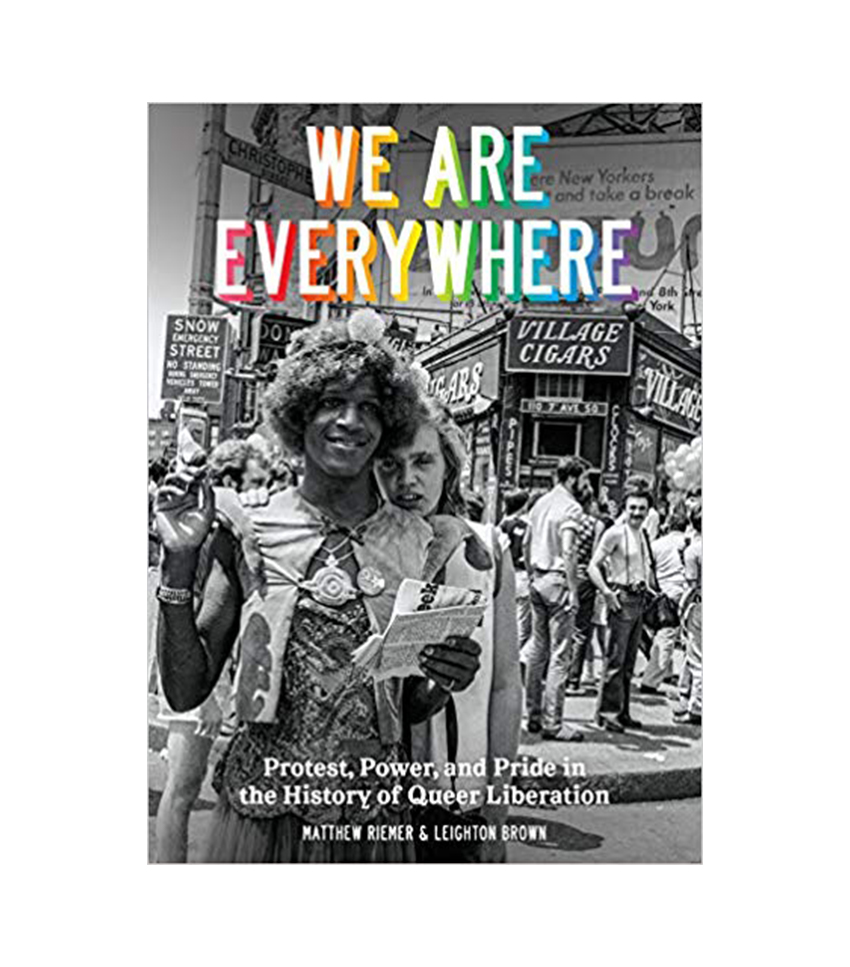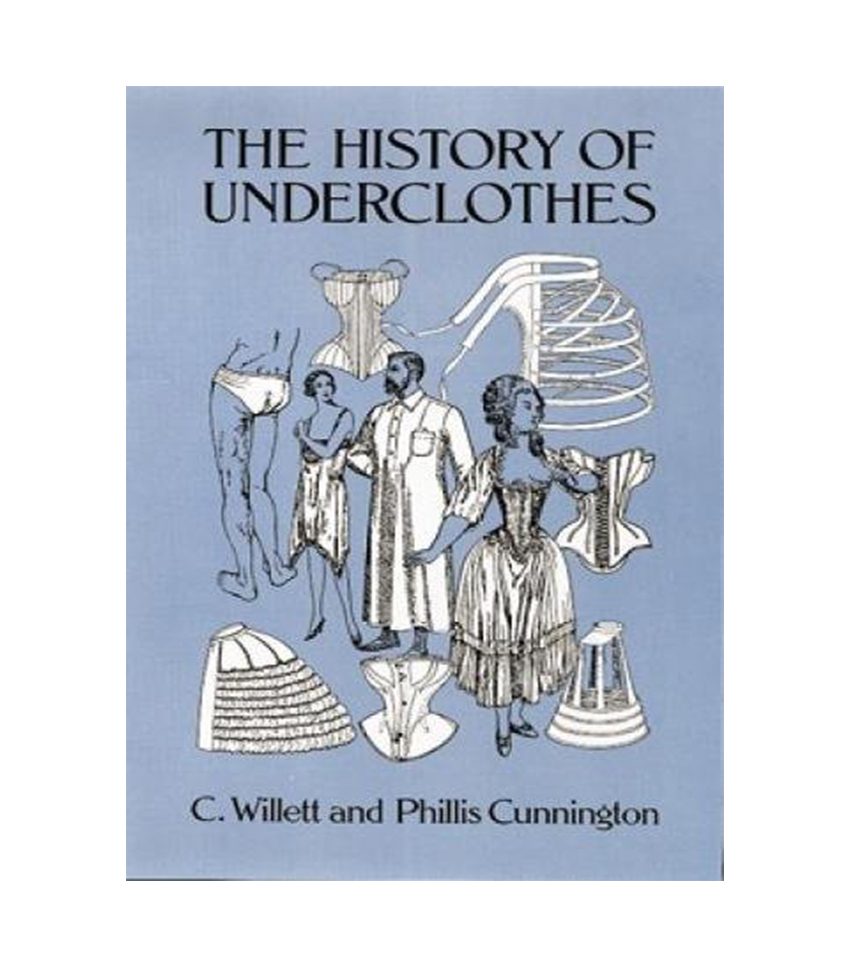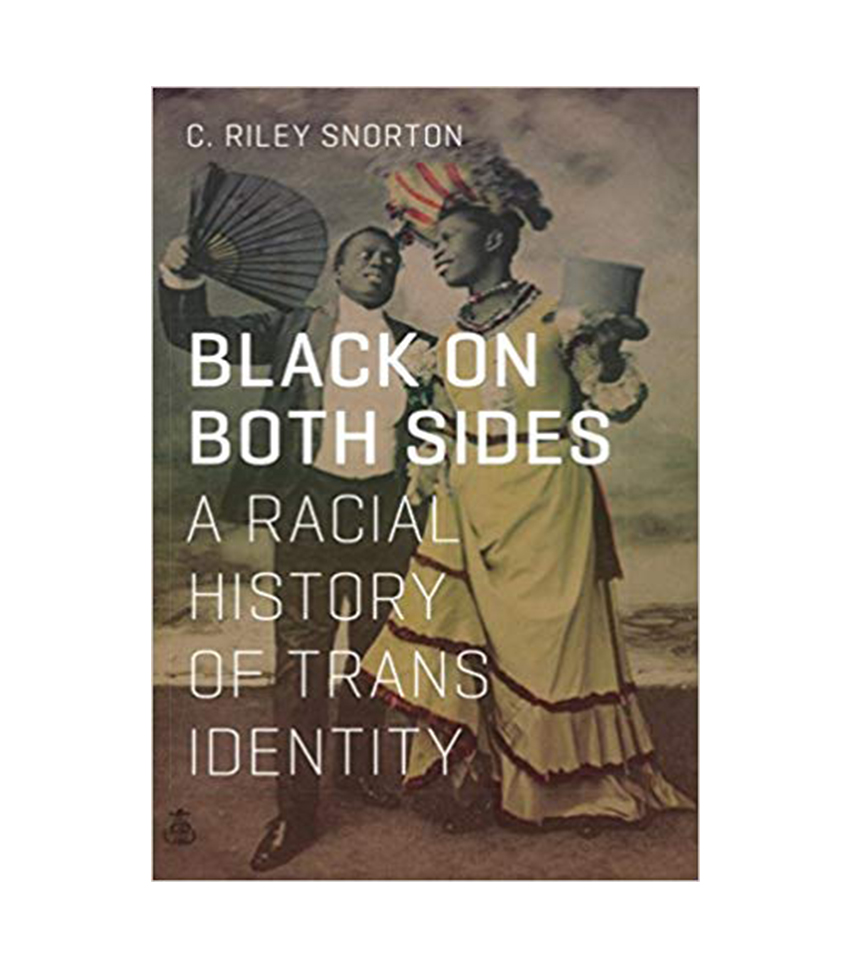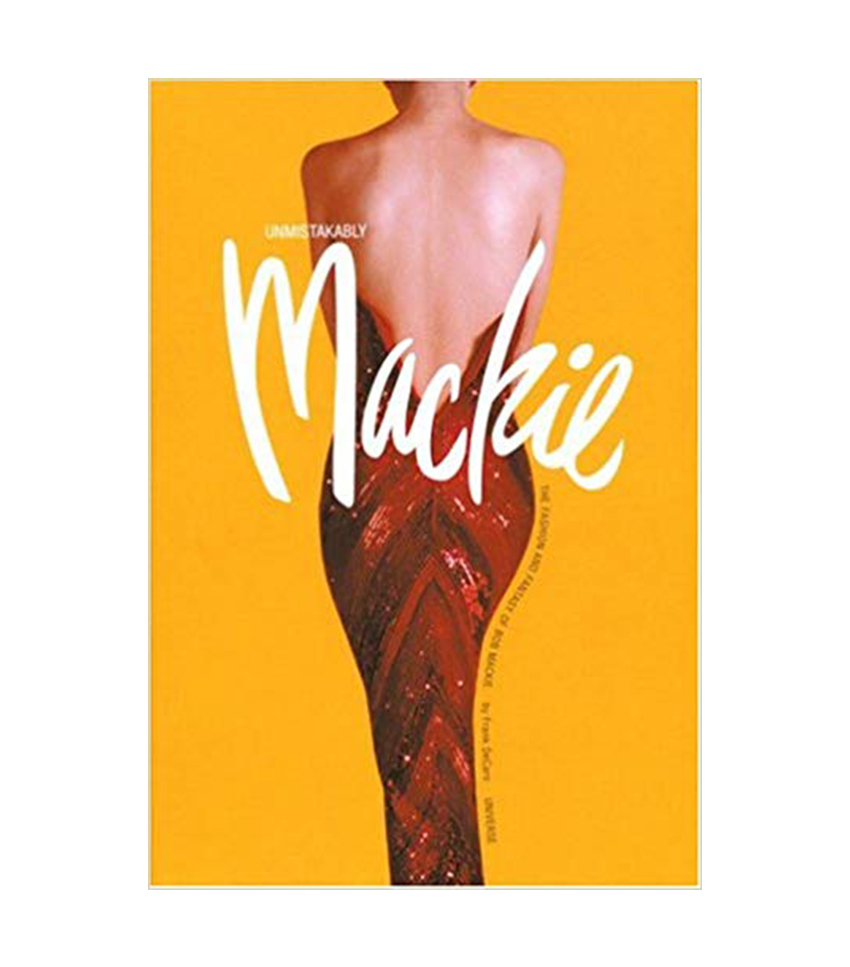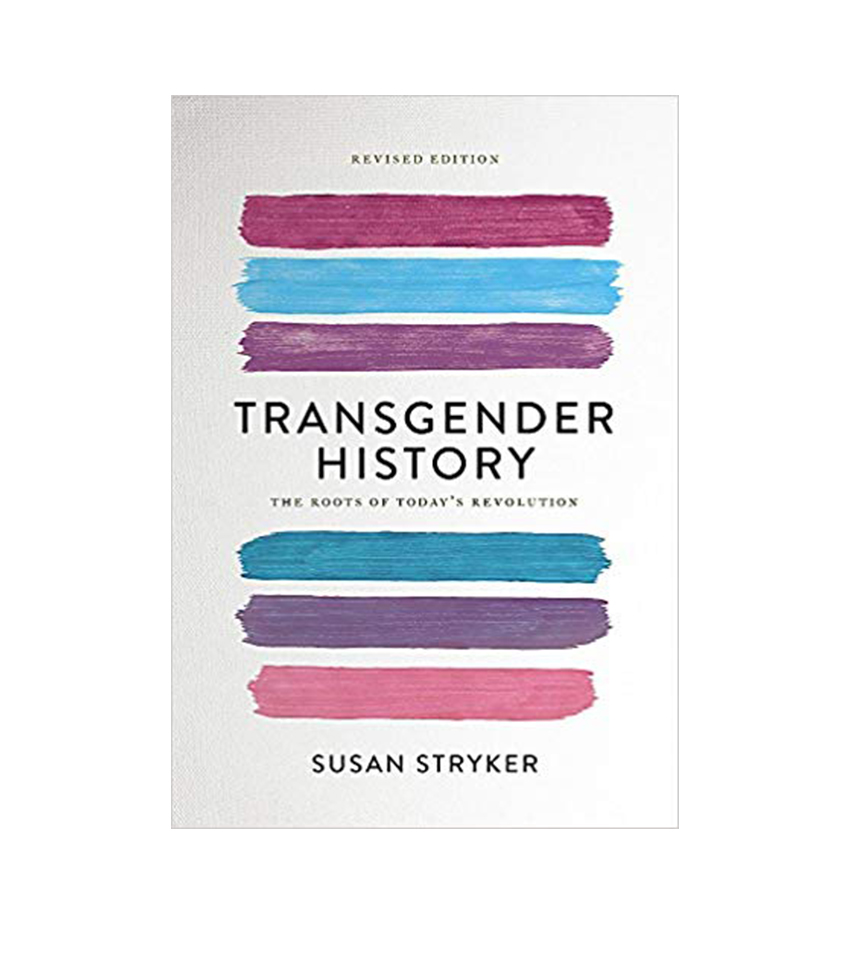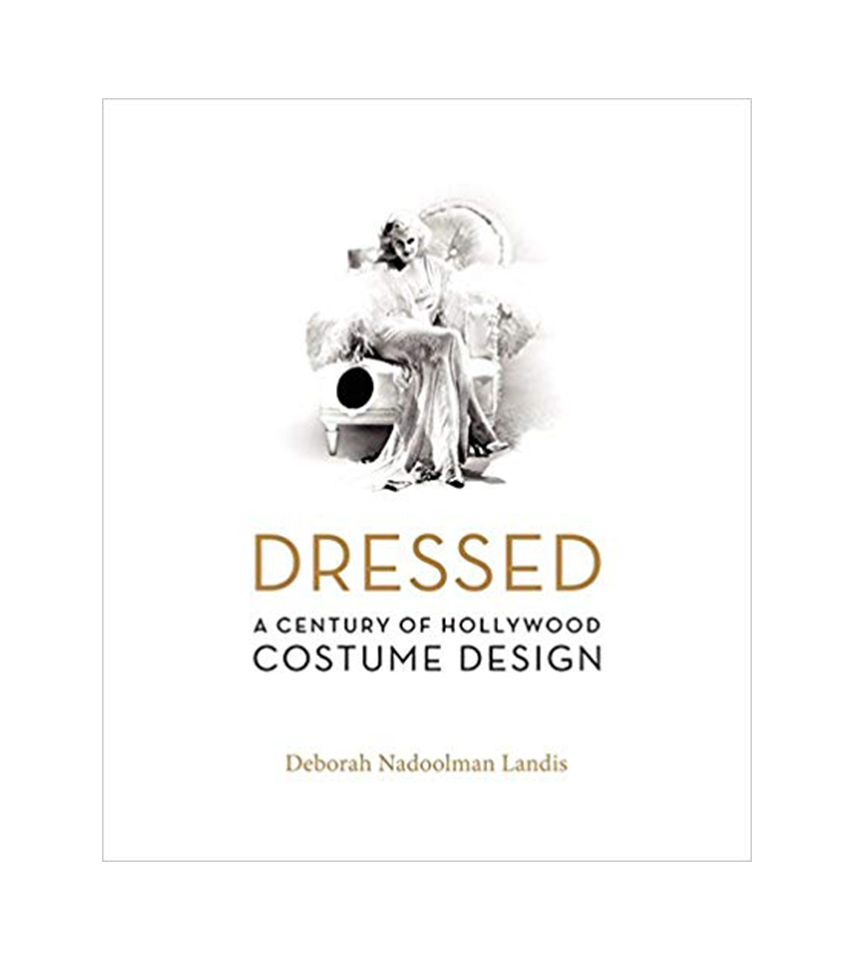Black and Designing Costumes for Broadway
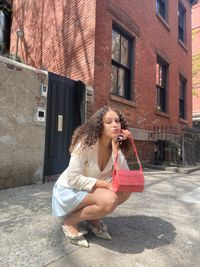
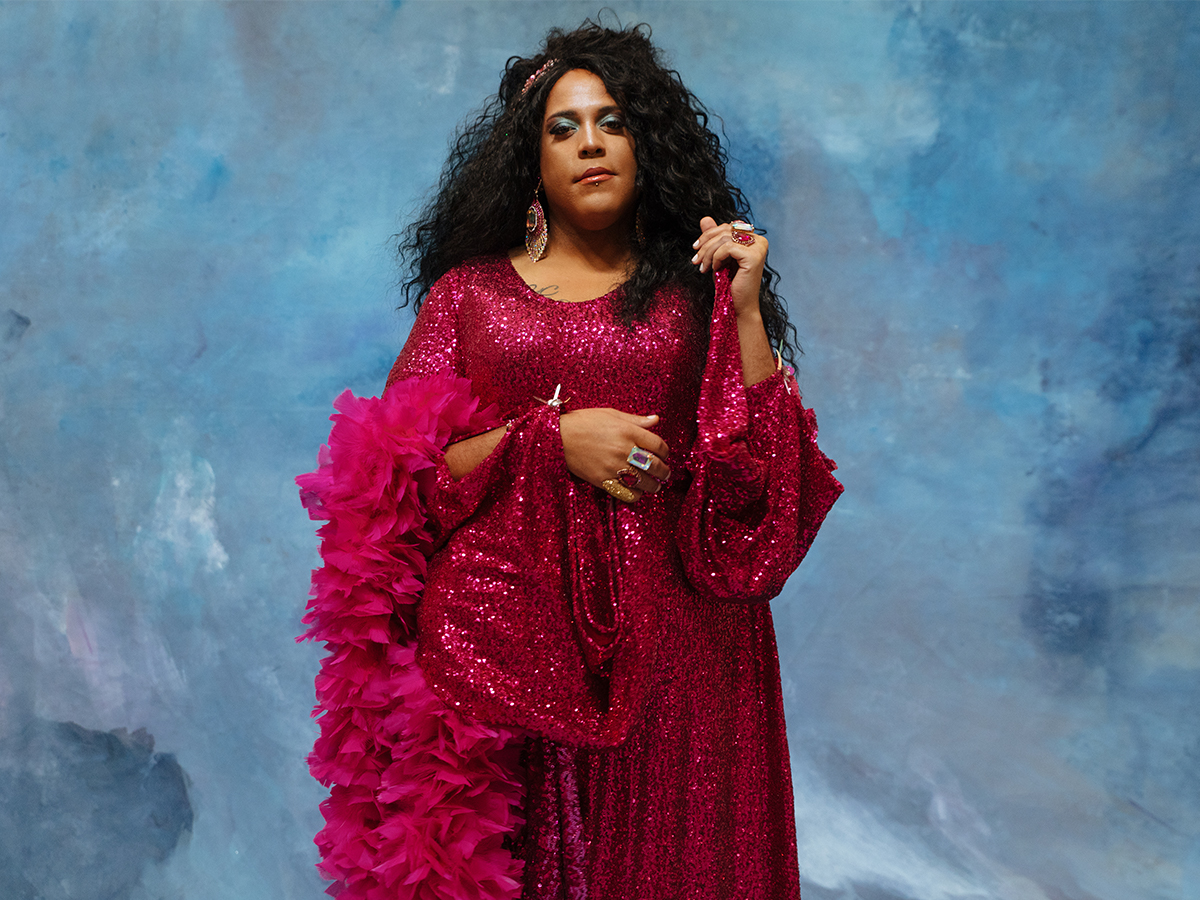
There’s something magical about getting dressed up, rushing to beat curtain call, and slipping into a red velvet chair holding a Playbill as the lights go down, the frigid air cloaked with anticipation. In a matter of moments, all your senses melt away into the world of characters; you’ve arrived at the theater. You’re not sure what’s in store, but like all art forms, it takes you to another world where the combined ingenuity of plot, characters, and costumes leave you on the edge of your seat. But what exactly goes into these productions—specifically, what goes into creating the many iconic costumes for them—can be as elusive as what you’re getting into when the curtain lifts.
To shed some limelight on this essential backstage component of professional theater, we reached out to two award-winning costume designers behind some of the biggest shows of the moment. Ahead, you’ll hear from Jeromé Lamaar, a novice costume designer, and Paul Tazewell, a seasoned, award-winning designer, about what exactly goes into creating costumes for a show and why fashion isn’t limited to the runway but in many ways plays a critical supporting role in other art forms.
Paul Tazewell for Ain’t Too Proud and Hamilton
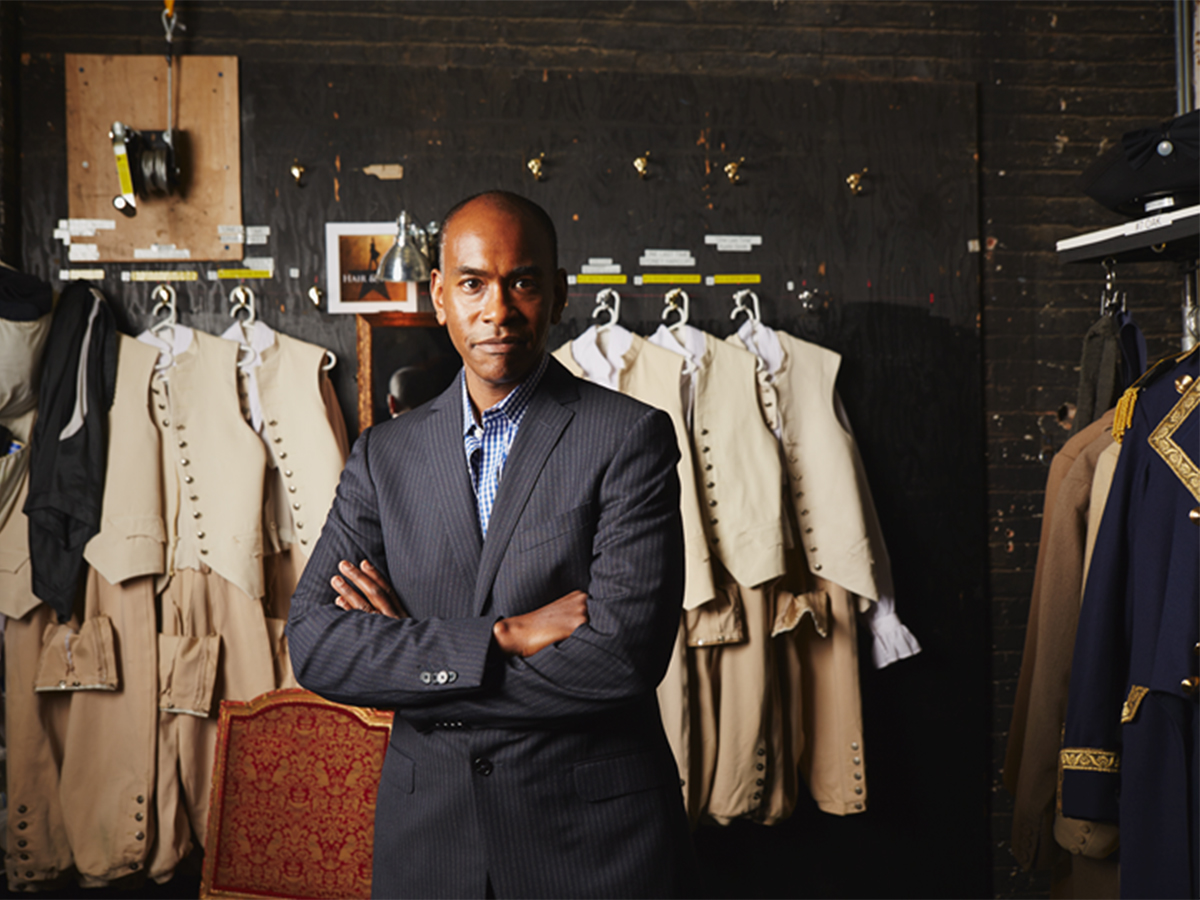
Over a tenure of 25+ years, Paul Tazewell has brought his magic touch to every production he’s been part of, so it’s no surprise that this man has won both a Tony and an Emmy. He’s been behind some of Broadways and television’s buzziest shows, including Hamilton and The Color Purple. More recently, Paul created costumes for the play Ain’t Too Proud—the Life and Time of The Temptations, the film Harriet, which hits theaters this November, and is currently on set for Steven Spielberg's film adaptation of West Side Story. In the Q&A ahead, he dives into his career, accolades, and what costume designing means to him.
In layman's terms, what goes into creating costumes for a show? Are you designing the costumes yourself, are you pulling them from collections or vintage shops? What does that process really look like for you?
Well, it depends on the needs of the show. With a musical or Broadway show, those costumes are rarely rented ever because of the wear and tear of the show. I’ve done a lot of time-period shows, and the costumes for those shows are custom created in independent shops around New York and around the country. For film, it can be a combination of creating or curating, but it depends. Like for West Side story, there are scenes where we might have 400 people that are all in the background, that are all extras, so there’s not the need to build all of those costumes, so there are costume house that we rent from—but even with that, they’re fit, and I approve each of the looks. Then, my challenge beyond that is to design costumes that fit into the main character's role, to ensure the costumes we’re using from the rental houses marry with what we’re actually building and the story we’re trying to tell.
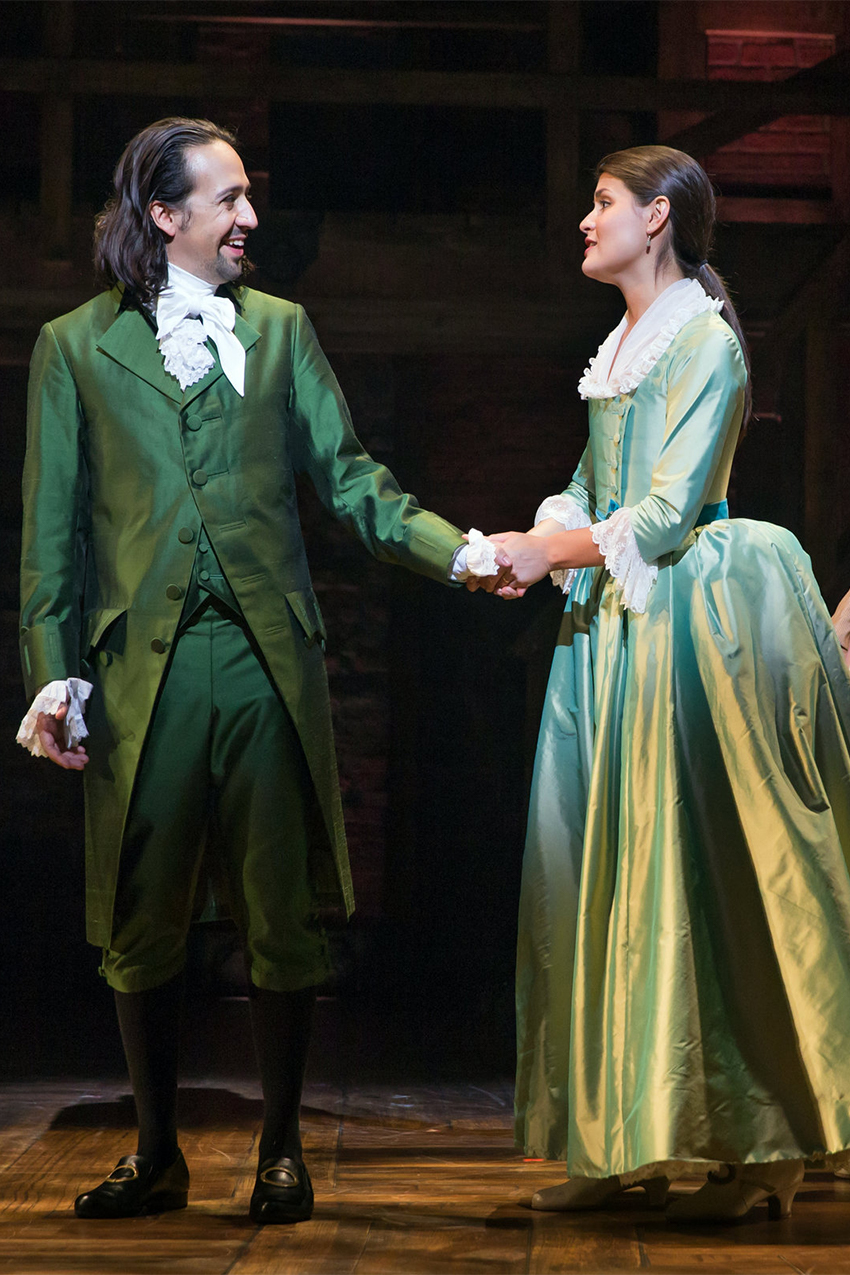
You lead costume creation for some of Broadway’s most buzzy shows including Hamilton and more recently Ain’t Too Proud. Both are time-period plays. How did you go about ideating costumes for them?
There’s always a lot of research; it’s very important for me if I’m tasked with interpreting a different period, something other than modern time. I make sure I understand the time period as much as I can, and much of that is looking at a lot of photographs, catalogs, images of clothing items, and getting my hands on actual vintage clothing if possible. But that’s how I start—pulling together as much information I can. After that, I start to make choices specific to the characters.
As a costume designer, my job is to help support the character by making specific choices around clothing that will speak to the style of the character. There’s a lot of investigation into the backstory of the characters—what their economic level is, their age, how they got to where they are when we actually meet them within the story—so that can be consistent with how they’re being played by the actor. Some of it might be defined also by what might look best on the actor cast for that role. And then it would hopefully be in tune with what the director is after, as far as how they want to interpret the story, how they want to interpret a character, and what kind of emotional qualities do they want to have overall.
"So that’s what really excites me about the work that I do, that it’s not just about making beautiful clothes that look great on beautiful people, but it goes beyond that by also making specific character choices that enhance and affect how the character is played.”
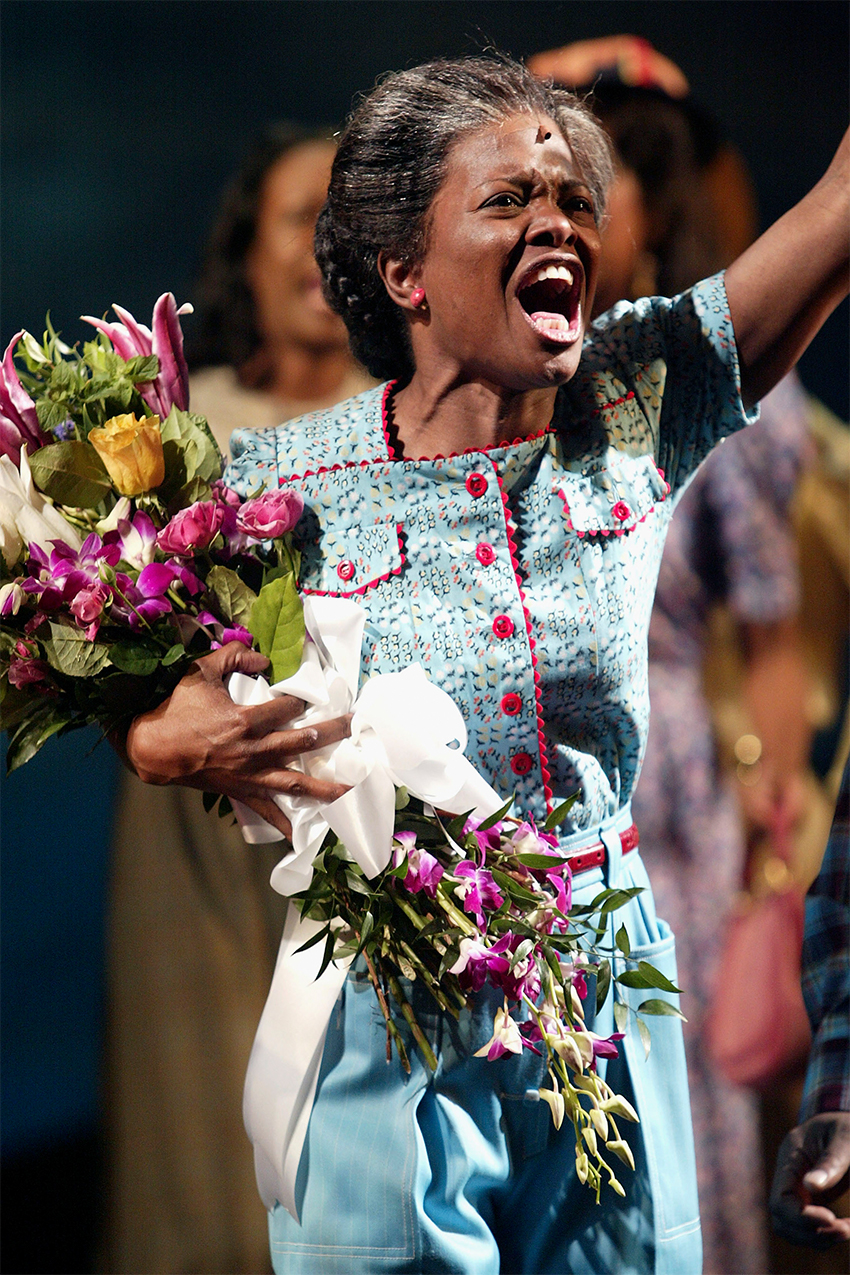
You’ve won both a Tony and Emmy for work, in addition to other accolades. But what moment for you was the most definitive of you "making it” as a costume designer?
I think it’s made up of many moments, but winning the Tony for Hamilton was very special. I was nominated for the Tony for The Color Purple. It was a production I was very proud of in terms of the design, and it was work I really enjoyed, and I was really disappointed when I didn’t win the Tony for that. Putting a lot of importance on awards is tricky, and so I'm honored by them, but it is enough for me to have people consider my work representative of an award.
When I did Hamilton, because it was such a special piece, and that experience overall—everyone that was involved with it, all the creators, and the cast, the piece itself as beautiful as it was—to win the Tony for that made that even more poignant. So I’m really glad that my first Tony to actually win was with Hamilton. It was very very significant. And even though I’m in the middle of it, it’s very significant to have Steven Spielberg reach out to design West Side Story. Again it’s another moment where it feels like everything led up to that. To have the opportunity to work on the scale of a Spielberg film is mindblowing, and to be able to accept the task and be able to say, "I’m ready for this” is very significant. I look forward to the next big challenge.
What do you want your art and your costumes to say to the world?
My goal is rendering each character in a very rich and thoughtful way. Growing up, I used to spend a lot of time in the mall in Akron, Ohio, just people watching. A lot of costume designers do this. Even today, if I’m riding the subway, I’m very thoughtful of who I’m surrounded by because I’m doing homework for some production down the line where I want to draw on a specific type of image, whatever that person is trying to put out there, trying to capture that humanity. I hope that is what plays itself out in my work, that it’s an honest representation of humanity.
Jerome Lamaar for As Much as I Can
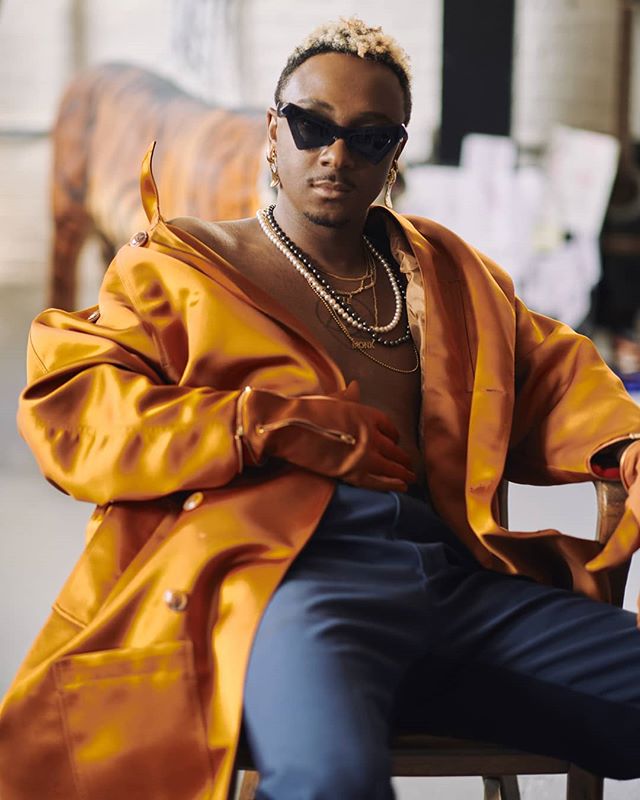
This September, Jeromé Lamaar, a fashion designer who has been at the helm of his own line as well as designed custom pieces for Beyoncé, branched into costume design for the first time, designing for As Much as I Can. The off-broadway show was written by Sarah Hall and was inspired by the fact that if infection rates don't change by 2020, one out of two black men who have sex with men will contract HIV in their lifetime.
In order to bring this conversation to the forefront, the play followed the lives of four black gay men to not only explore the relationships they have to all aspects of their life but to destigmatize the taboos around treatment and HIV itself. Ahead, Lamaar talks about what went into designing for the show…
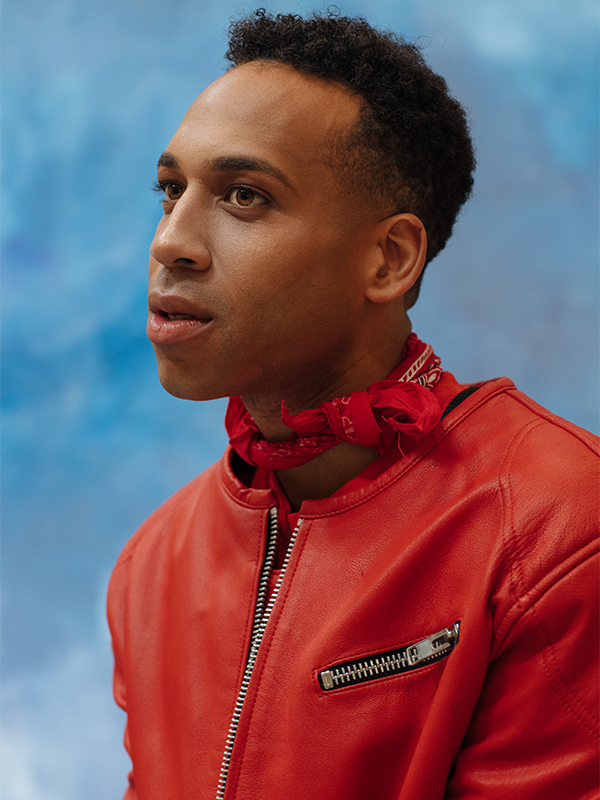
For those who don’t know, what does being a costume designer for a show entail? What makes it different from designing a clothing line?
I did all of the looks. What's awesome about it was using color to express the energy of each situation and how it floats in space. It's so important to highlight how significant each storyline is for the community, so why not apply color into the mix to stimulate the senses?
You’ve designed your own collection, worked with brands like Baby Phat, curated pop-ups, and have even created pieces for Beyoncé. What initially attracted you to creating costumes for a play?
It made perfect sense to gracefully transition into costume design after so many years of telling stories through my brand. The timing of the play and the topic simply resonated with me as a creative.
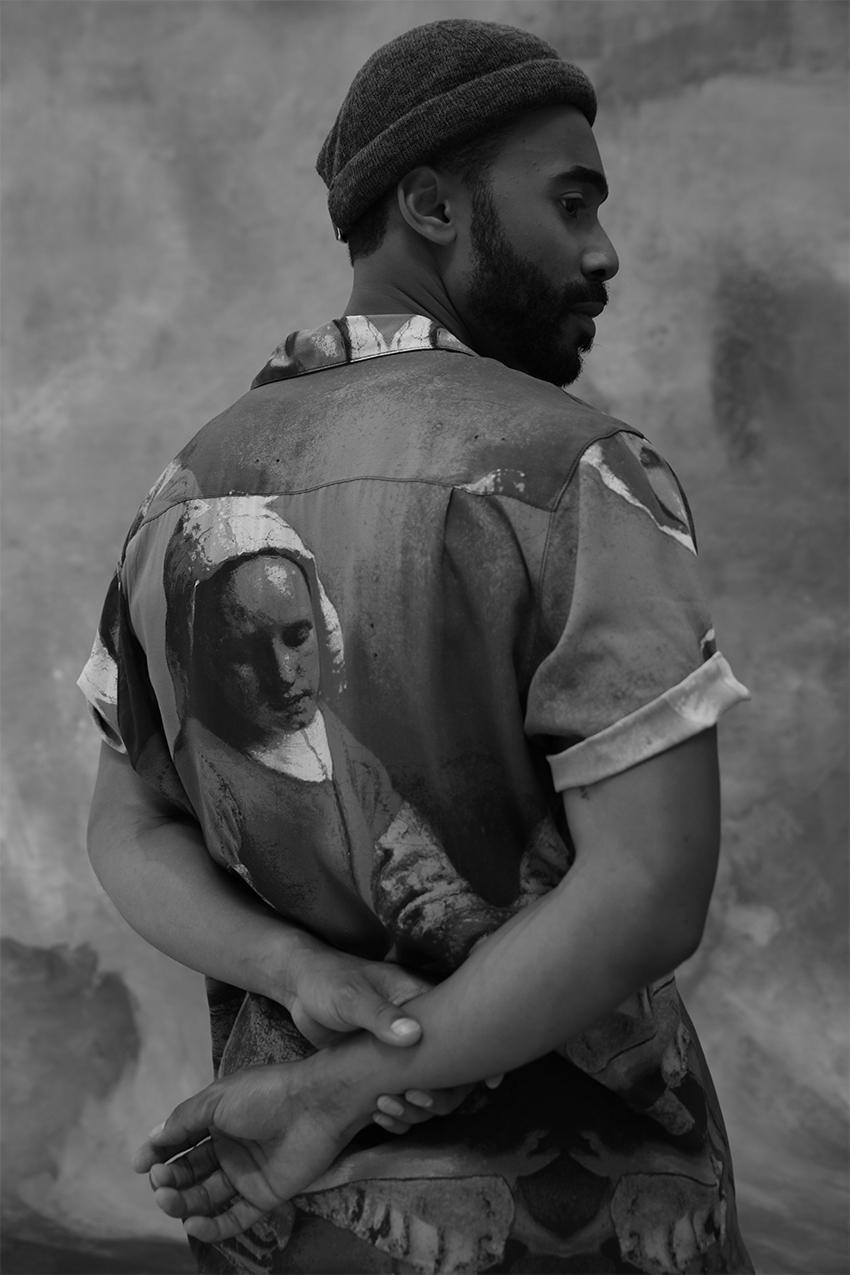
What goes into creating costumes for a play? How is it different from how you currently go about your creative process?
For me, it was understanding the backstory and complexity of each character. I actually prefer to work this way. I think everyone should look past the surface when creating.
What is one of the biggest challenges of creating costumes for a play that most people wouldn’t expect?
The biggest challenge is really understanding how a character is moving within each scene. I discovered that some ideas that look good in theory simply don't work in reality when the actor is in character.
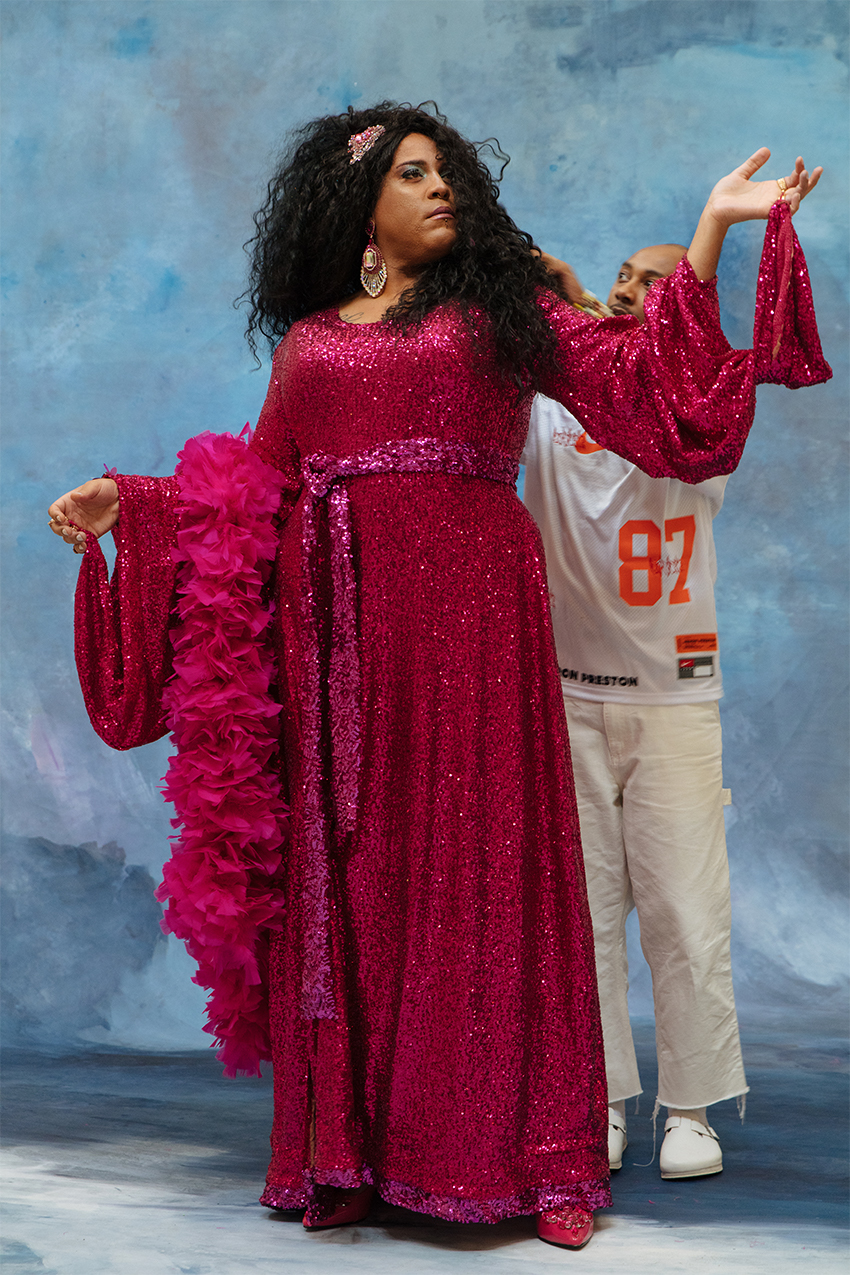
Which character was the most challenging to create costumes for? Why?
Ms. Hope Chest (above), for she has multiple looks in a specific color that needs to elevate his nuance of being one's self in public and private. She is larger than life, and I wanted to make sure you felt the magic in each scene.
What are you hoping your costumes add to the production?
I simply hope my perspective on the costume will highlight the many flavors of being a gay male of color. We are complex, lovable and creative. Everything we wear should be a reflection of ourselves. While fashion plays a huge role for us, we do take pride in our health, education, success, and families. That's what I hope will it will add to the production.
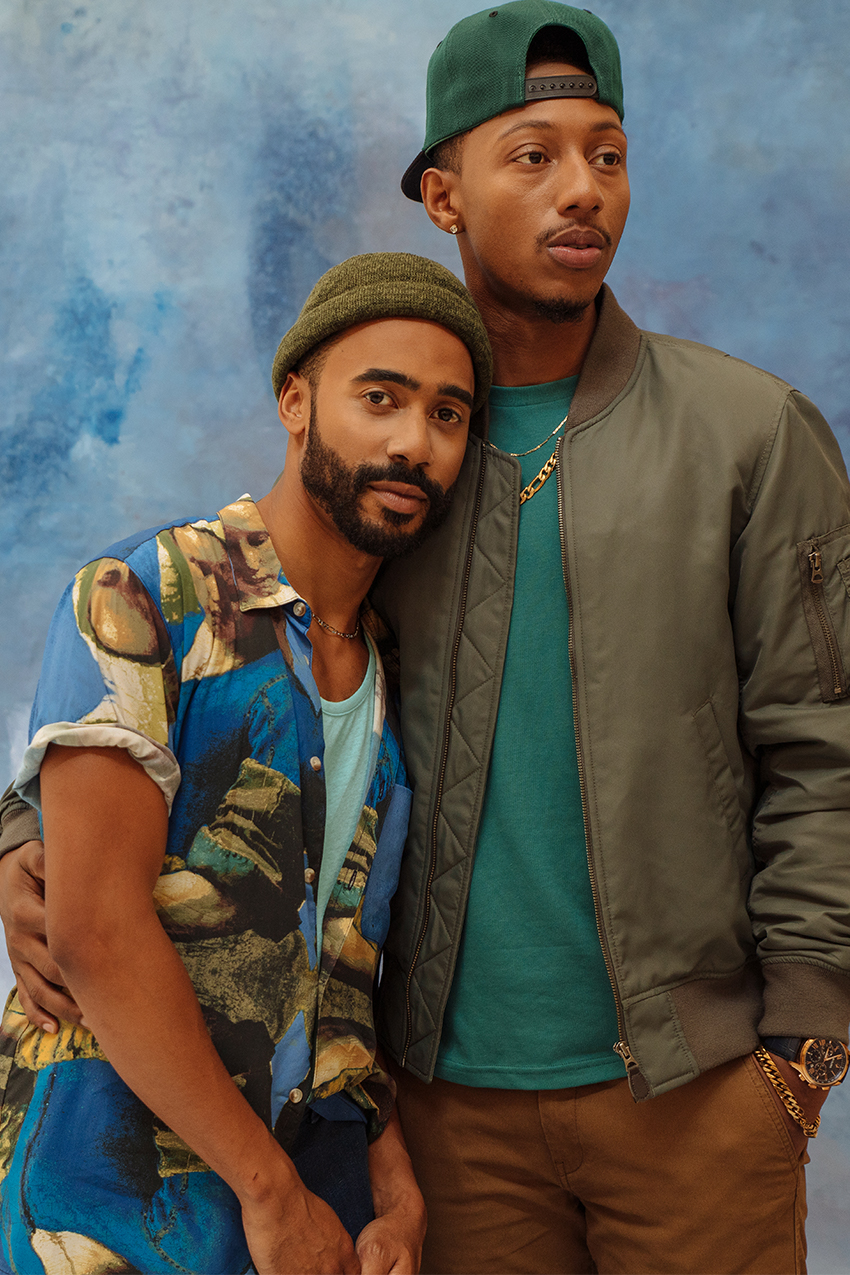
As a black designer, and now a costume designer, who occupies predominantly white spaces, what do you want your art to say to the world?
I am not just a "black designer." I am A DESIGNER. Once the world stops labeling and putting everyone into a box, we can all move into a more enlightened state of existence.
What can we expect from you after this?
Well, maybe you will see my return to fashion design. Or maybe I will produce a capsule. Or maybe I will publish a book covering the last 18 years of my fashion career and life lessons. You just have to stay tuned…
Explore the intersection of style, theater, and more:
Next: Fashion Is Dissent—How Style Played a Role in Equality Movements
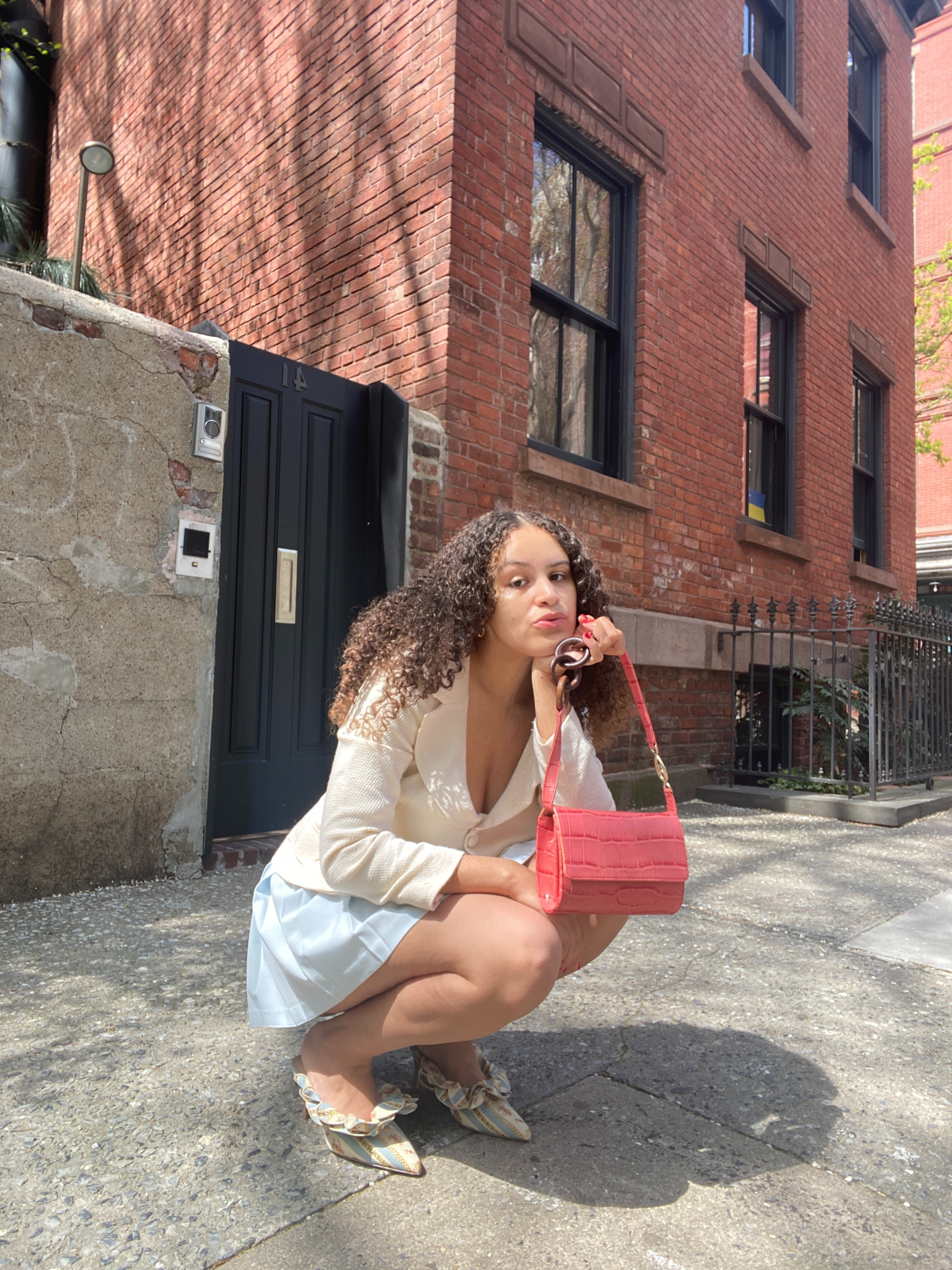
Jasmine Fox-Suliaman is a freelance writer and editor living in New York City. What began as a pastime (blogging on Tumblr) transformed into a lifelong passion for unveiling the connection between fashion and culture on the internet and in real life. Over the last decade, she's melded her extensive edit and social background to various on-staff positions at Who What Wear, MyDomaine, and Byrdie. More recently, she’s become a freelance contributor to other publications including Vogue, Editorialist, and The Cut. Off the clock, you can find her clutching her cell phone as she's constantly scrolling through TikTok and The RealReal, in search of the next cool thing.
